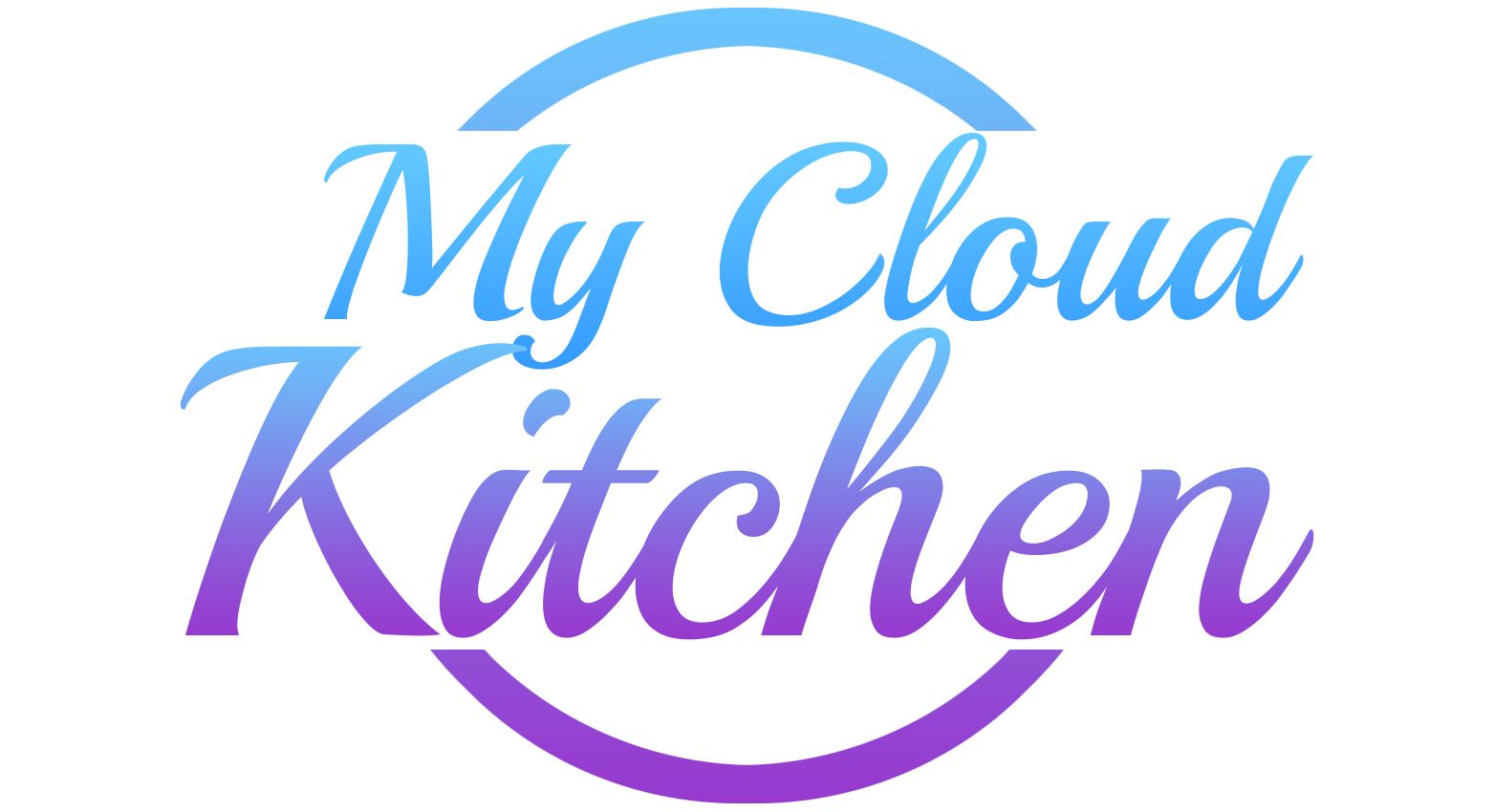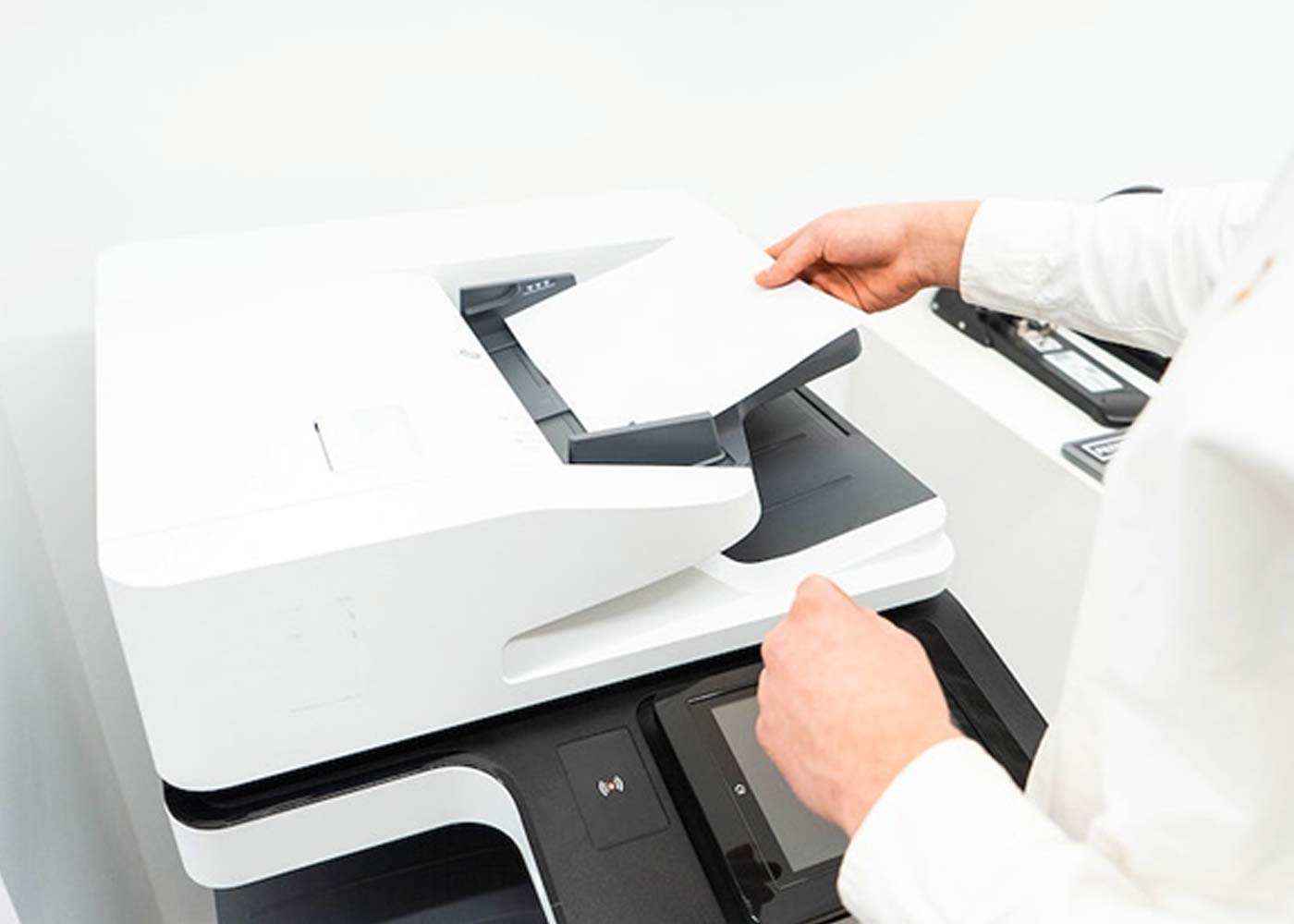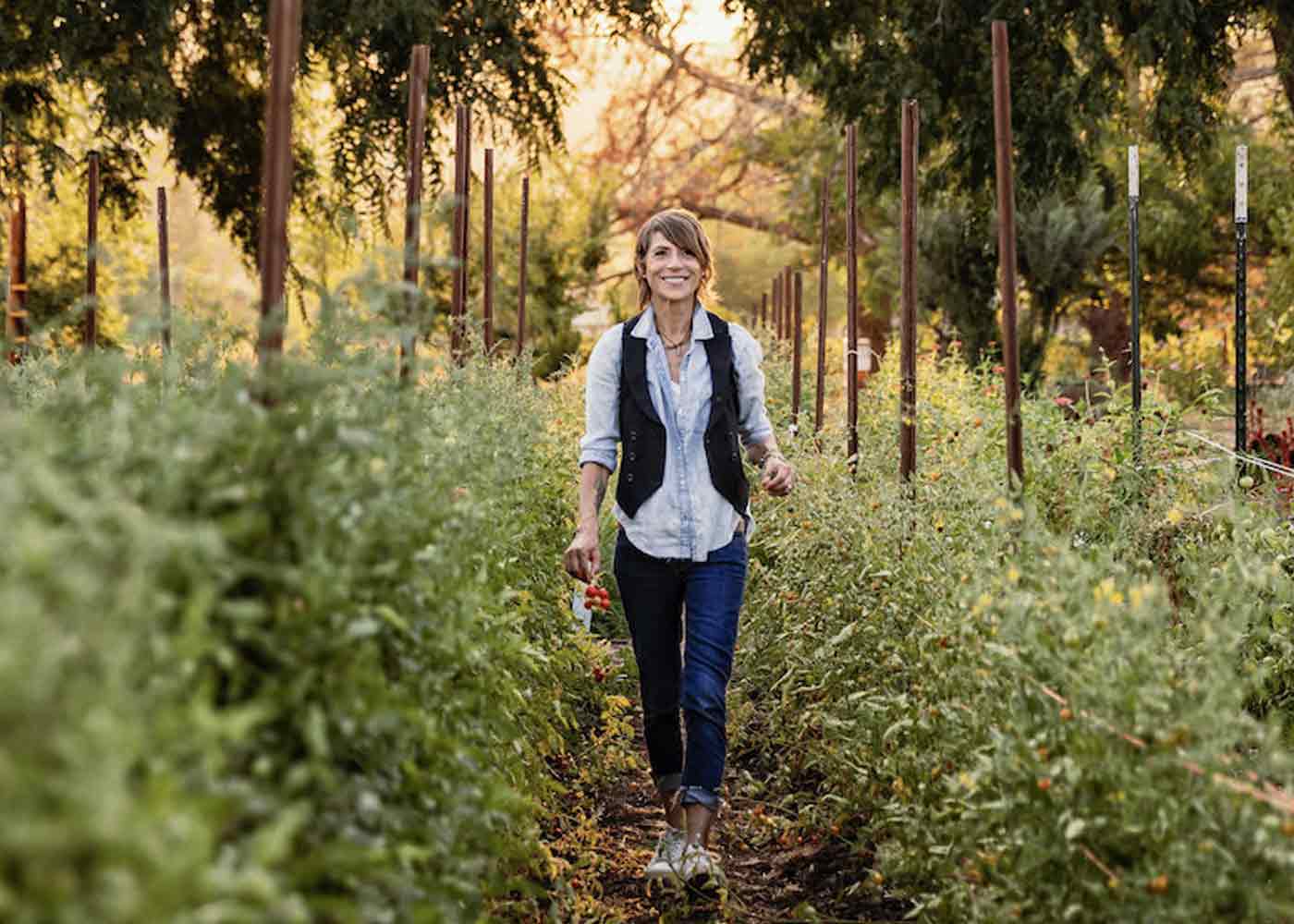
Few smells are more enticing than a loaf of homemade bread
baking in your own oven, but perfecting the loaf is no easy task. Continue
reading to learn more about baking bread.
What Tools Do You Need to Bake Bread?
You can make bread at home with very few ingredients, but
there are a few tools that you should invest in.
1. Proofing baskets: Beautiful boules require cloth-lined
wicker baskets (or colanders lined with clean dish towels). Your proofing cloth
will develop a protective flour coating over time, allowing breads to slide in
and out easily. Trace amounts of bacteria and yeast can also cut proofing time
by up to 15%. Your proofing vessel's shape is determined by the type of bread
you bake. You'll need a wavy proofing tray with ridges for each long, narrow
stick of bread if you want to bake baguettes. Breads baked in pans, such as
focaccia or sandwich loaves, are usually proofed directly on the baking sheet
or loaf pan.
2. Lidded Dutch oven: A lidded Dutch oven, preferably made of
heat-retaining cast iron, is a must-have for the artisan bread baker at home.
It helps to recreate the atmosphere of large, traditional wood-fired ovens.
Modern ovens do not get as hot as log-burners and have vents that allow steam
to escape easily. Preheating a Dutch oven ensures that the baking vessel's
surface is extra hot when the bread goes in the oven; the lid traps steam,
allowing the bread to rise faster. Moisture is essential in this case. During
the first ten minutes of baking, the soft dough encourages maximum expansion.
3. Kitchen scale: When it comes to measuring ingredients, there
are usually two options: volume (tablespoons, milliliters) or weight (ounces,
grams). Volume is a measurement of how much an ingredient fills a container; it
is useful for liquids, which take on the shape of the vessel in which they are
placed. However, it is less accurate for solid ingredients, which have their
own distinct shapes. Furthermore, the accuracy of a volume measurement is
entirely dependent on the container; when it comes to home-baking tools, minor
differences in measuring cups can throw a recipe into disarray. Weight, on the
other hand, refers to how heavy an ingredient is regardless of the container. (Note:
The metric standard is grams, whereas the US uses ounces. Use the former
whenever possible because it is more precise.) Unlike volume measurements,
which may be affected by the size and shape of an ingredient, weight remains
constant.
4. Cooling rack: Your loaf of bread is not finished baking
simply because you remove it from the oven. The interior of the bread is much
hotter than the exterior at this point; cooling the bread allows the heat and
moisture to be distributed evenly throughout. For the most efficient cooling,
use a wire cooling rack that allows air to circulate all around your bread.
5. Stand mixer with dough hook attachment: While you can knead
many breads by hand (and some "no-knead breads" require very little
kneading at all), it's sometimes easier to use a stand mixer. This is
especially true for delicate brioche, which requires a long period of gentle
kneading.
6. Mixing bowls: For combining wet and dry ingredients, a large
glass mixing bowl is ideal. You can also watch your bread dough rise if you use
clear glass.
How Do You Test Yeast?
Many bread recipes call for commercial yeast to rise. The
majority of yeast breads are made with active dry yeast, which is made up of
dried granules in a protective coating. The advantage of using active dry yeast
is that it can be stored for a longer period of time, but this does not mean it
will always be good. Dry yeast, like live yeast, will die after a few months.
Before using yeast, always test it. Here's how it's done: In a small bowl,
whisk together the yeast and one tablespoon of warm water with a fork. Allow
for two minutes for activation. To check for activation, whisk the mixture
briefly with a fork; the mixture should foam.
This blooming step is not required for instant yeast. When
added directly to dry ingredients, it dissolves faster than active dry yeast.
However, you can use the same method of whisking with warm water to test your
instant yeast.
What Is a Sourdough Starter?
A sourdough starter is an acidic community of natural yeasts
and bacteria that is used to leaven and flavor bread. Pre-ferment, levain,
leaven, and la mère are all names for sourdough starter.
To make sourdough bread, use a sourdough starter (flour,
water, and naturally occurring yeasts and bacteria) instead of commercial
yeast. The natural yeast causes the dough to rise, while the bacteria add a
pleasant tang. The only disadvantage is that sourdough starters must be
maintained on a daily basis.
How Often Should You Feed a Sourdough Starter?
Refreshing your starter (removing most of the starter and
replacing it with fresh flour and water) gives the yeasts new food, increasing
production and, as a result, improving its ability to leaven your bread.
Furthermore, stirring the starter introduces oxygen, which yeast requires for
reproduction.
You'll notice that your starter rises and falls throughout
the day as you observe it. You should feed your starter when it first begins to
fall. The frequency and time of refreshment will depend on when you last fed
your starter, the temperature of the room, and the specific microorganisms
inhabiting your starter, but most bakers refresh their starter once or twice a
day.
If you need to stop the starter's growth, you can put it in
the fridge for up to a month and stop the discard-and-feed process. After
removing the container from the refrigerator, continue the discard-and-feed
cycle for at least three days before baking.
How can you tell if your Sourdough Starter Is Ready?
Whether you're baking sourdough bread for the first time or
reawakening your mature starter from a brief hibernation, there are three basic
ways to tell if it's ready to use. You can tell by looking at:
Smell: Your starter should have a pleasant funky aroma.
Don't be concerned if it smells bad. That is simply an indication that it is
time to refresh (also known as feed) your starter. Allow it a few days of
regular feeding before baking bread.
Sight: A ready starter will be very bubbly. Keep yours in a
glass jar to monitor changes.
Time: Keep a starter journal. It will provide you with
valuable information and, ideally, reveal your starter's distinct rhythm and
cadence.
How Long Does Dough Need to Proof?
The final stage of fermentation occurs when the bread dough
rises in its final baking vessel or a proofing basket. Although many bread
recipes specify a timeframe for proofing, volume is the most obvious indicator
that fermentation is complete. For most breads, fully fermented dough will have
doubled in size, while air bubbles on the surface indicate that the dough has
over-proofed. You can also use your finger to poke the top of the dough: fully
fermented dough will have an indentation. It can't recover because the gluten has
been stretched to its breaking point.
You can visually monitor the progress of your proofing
vessel by covering it with plastic wrap or a clear shower cap.
How Can You Tell When Your Bread is Done Baking?
The most visible indicator is a dark golden brown crust on
fully baked breads. (If in doubt, err on the side of a darker crust.) You can
also check for doneness by tapping or knocking on the bottom of the loaf. The
bread is ready if the knock is clear; if the knock is dull and muffled, the
interior has not fully developed. Don't forget to use your nose: you can smell
the aroma of freshly baked bread.
Where Should You Store Your Bread?
To keep your homemade bread fresh, keep it at room
temperature in a clean kitchen towel or paper bag, allowing it to breathe
without becoming stale. Fresh bread can be stored in this manner for up to a
week.
Freeze whole loaves (or quartered loaves) in zip-top freezer
bags for up to several months before defrosting at room temperature.
Apollonia Poilâne's Bread Recipes
1. Brioche: Brioche is a French buttery yeast bread. To
make Apollonia's brioche, use 100 percent white flour, eggs, plenty of butter,
and a pinch of sugar, resulting in a rich and airy bread with a tight crumb
that begs to be dipped in hot chocolate.
2. Corn flour bread: Corn flour bread is cornbread made
with corn flour rather than a flour-yellow cornmeal mixture. After attending
several weekend roasts while at Harvard, third-generation baker Apollonia set
out to create this unique, dairy-free recipe.
3. Pain de mie: Pain de mie is a type of French
sandwich bread that is typically baked in a Pullman loaf pan. The crumb of this
fluffy white bread is tight and there is very little crust.
4. Pain de siegle: Pain de seigle (which translates as
œbread of rye) was one of the first items sold at Poilâne when it first
opened in 1932. Although "pain de seigle" can refer to any type of
rye bread (from pumpernickel to Jewish-style rye bread), Poilâne's version is
most similar to the bakery's stone-ground wheat miche. The pain de seigle
loaves from Poilâne are round and slightly sour.




















